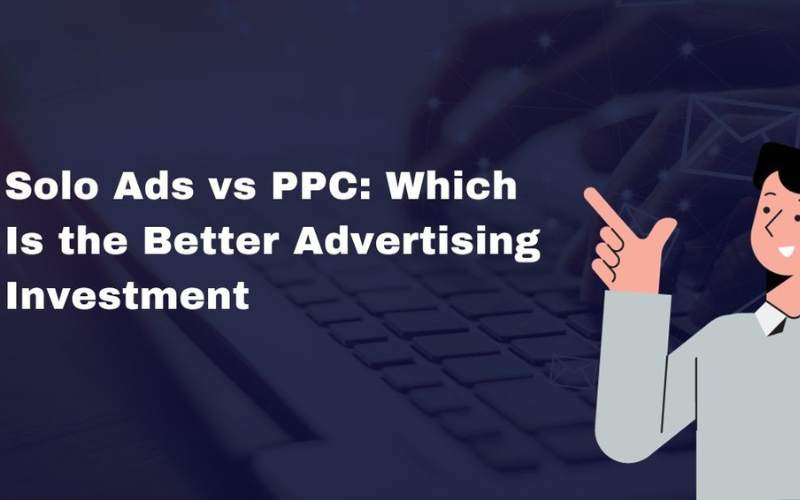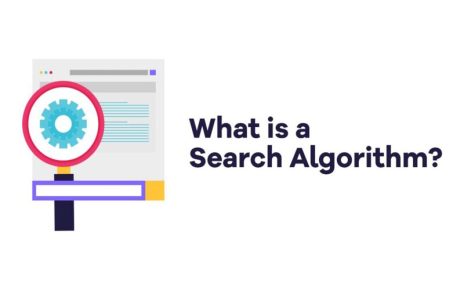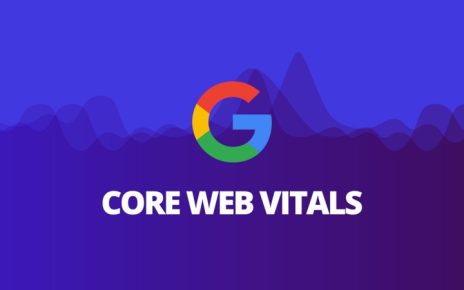
When it comes to driving targeted traffic and leads online, pay-per-click (PPC) ads and solo ads are two of the most popular options. But which method delivers the better return on investment? This comprehensive guide examines the pros, cons, and differences to consider.
Breaking Down Solo Ads
Solo ads have emerged as a highly effective online advertising tactic, especially for list building. But what exactly are they?
What Are Solo Ads?

A solo ad is an email advertisement you pay to have sent out to another marketer’s email list to promote your offer or content.
The publisher renting you access to their list is known as the solo ad vendor. Reputable vendors have invested heavily in building up highly responsive and segmented email lists around specific niches.
How Do Solo Ads Work?

Solo ads allow you to tap into the audiences of relevant email lists related to your target customer profile or industry.
So rather than having to build up your own subscriber list from scratch, you can quickly expose your offer to already engaged subscribers through a solo ad campaign.
You simply pay the solo ad vendor based on how many subscribers they will send your ad to and they handle the ad delivery.
PPC Advertising 101

Pay-per-click (PPC) advertising refers to ads you pay for only when searchers click on them. The most popular PPC platform is Google Ads.
What Are The Main PPC Platforms?

The largest PPC networks are:
– Google Ads – ads shown on Google search and their display network
– Microsoft Ads – ads on Bing search engine
– Facebook Ads – advertising on Facebook/Instagram
– Amazon Ads – sponsored product ads on Amazon
How Does PPC Advertising Work?

With PPC advertising, you bid on ad placements for specific keywords relevant to your target market. You pay each time someone clicks your ad.
Where your ads appear and how much you pay per click depends on your bid and ad relevance measured by the quality score assigned to your campaign.
Higher ad positions and lower cost per click is achieved by optimizing for better quality scores over time.
Key Differences Between Solo Ads And PPC
Now that we’ve covered the basics of each traffic method, let’s compare some of the main advantages and disadvantages of solo ads vs pay-per-click advertising.
Control Over Targeting
One of the biggest differences is the level of control you have over your audience targeting.
Solo Ads Allow Piggyback Targeting
A major benefit of solo ads is leveraging the highly targeted and segmented lists built up by established publishers in your niche.
Provided you select good solo ad vendors, the targeting is essentially done for you allowing you to piggyback off their efforts.
Relevance should be high giving you a warm audience likely interested in your type of offer and increasing engagement.
PPC Requires Hands-On Targeting
With PPC advertising, the burden is on you to define your ideal target customer profile and dial in effective targeting parameters.
This includes selecting relevant keywords, placements, devices, demographics, and topics that would signal buyer intent for your offer.
It takes solid knowledge of your niche customers and testing different targeting combos to generate qualified traffic.
Proper targeting is key for earning high quality scores that reduce your cost per conversion over time.
Lead Costs And Volume Potential
When evaluating advertising channels, two key factors are cost per lead and ability to scale volume.
Solo Ads Offer High Volume Potential
A benefit of leveraging solo ads is the ability to quickly scale up your ad spend to hit thousands of highly targeted people fast.
Most solo ad vendors have email lists ranging from 5,000 up to 1 million+ subscribers. This allows you to generate hundreds or thousands of leads in a very short period.
Cost per lead can compare very favorably to other paid channels when working with lists delivering good open and conversion rates.
Testing across multiple solo ad vendors allows you to double down on the high converting ones.
PPC Traffic Volume Depends On Budget
How fast you can scale up volumes with PPC depends almost entirely on your ad budget and bidding strategy.
But PPC platforms provide the ability to scale up to drive thousands of visitors per day as your budget allows assuming you’ve optimized campaigns for high conversions.
Nailing your targeting and landing page experience is what allows you to gain conversions cost effectively from PPC traffic.
There’s also no limit to how many relevant searchers and website visitors your ads can reach over time. Budget will determine the volume ceiling.
Landing Page And Funnel Factors
Success with both solo ads and PPC requires optimizing your landing pages and marketing funnel…
Solo Ads Allow Time To Preframe
A benefit of solo ads for lead gen offers is that you have the opportunity to “pre-frame” the offer and prime visitor expectations ahead of time via the ad copy.
This allows you to generate higher converting traffic as they click through from the solo ad to your landing page.
You educate the prospective lead on exactly what they’ll get by opting-in in advance so there’s less friction convincing them to convert.
PPC Visitors Arrive Cold
- Unlike solo ads, you typically have little ability to educate or prime paid search visitors ahead of arrival to your site with contextual messaging.
- The burden is entirely on your landing page copy and design to educate cold visitors and justify why they should convert without preamble.
- This puts more pressure on crafting landing pages that quickly build trust and social proof while educating users on your offer.
- Strong value propositions, visuals, and clear call-to-actions are key to overcoming skepticism.
Tips For Choosing The Right Advertising Channel
As we’ve covered in this guide, both solo ads and PPC channels can be viable when executed correctly. So which should you invest in?
Factor In Campaign Goals
The ideal paid channel really depends on your specific marketing objectives and KPIs.
If priority #1 is quickly capturing leads for an email list or boosting sales of a single offer extremely fast – solo ads may be better suited.
If your goal is branding, long term organic rankings or showcasing an entire catalog – PPC would allow for much greater flexibility.
Consider Your Available Time
Another consideration is how much time you have to manage campaigns, create landing pages and process leads.
Because solo ads feed you pre-targeted traffic automatically, you can start ads and have new leads within hours allowing for faster testing.
But to gain the most value long term from SEM platforms like Google Ads requires deep involvement managing targeting, bids, ad variations, analytics etc. This assumes high time availability to optimize over months.
Determine your business’s current bandwidth and priorities before diving into new channels.
Wrapping Up

Solo ads and PPC advertising both bring unique strengths and advantages for fueling online business growth through paid advertising.
Solo ads can help you tap into engaged audiences fast without heavy lifting while requiring optimization of the pre-framing ad copy and landing experience.
PPC provides unmatched scale potential long term but demands lots of testing, measurement, and campaign tweaking to realize the full ROI.
Weigh your specific business goals, target KPIs, available time investment and resources when deciding on a paid channel focus. In many cases, leveraging both solo ads and PPC together can deliver a powerful combined punch.
Hopefully this detailed solo ads vs PPC comparison gave you useful points to consider when planning your online advertising and lead generation strategies.
Conclusion
the decision between solo ads and PPC depends on specific business goals. Solo ads offer swift access to targeted audiences through established lists, ideal for quick engagement. PPC, notably via Google Ads, provides long-term scalability but requires meticulous targeting and ongoing optimization. Choose solo ads for rapid lead generation or quick sales boosts in time-constrained scenarios. Opt for PPC when aiming for branding or long-term objectives, demanding sustained commitment for effective management. A strategic combination of both methods can create a balanced and impactful advertising strategy. Here’s to a successful year ahead in online advertising!
FAQs

Do solo ads work for affiliate marketing?
Solo ads can be hit or miss for affiliate marketing. Success often depends on the quality of the solo ad provider, the relevance of the audience to your niche, and the effectiveness of your ad copy and landing page. It’s crucial to thoroughly research and choose reputable solo ad vendors to increase the likelihood of success.
Why are solo ads important?
Solo ads can be important for quickly reaching a targeted audience and generating traffic for your product or service, especially in affiliate marketing. They offer a way to leverage existing email lists from other marketers to promote your offer, potentially resulting in faster and more targeted exposure.
Are solo ads worth it?
The effectiveness of solo ads varies. Success depends on factors like the quality of the solo ad provider, relevance to your niche, and the appeal of your offer. Thorough research and careful selection are crucial to determine if solo ads are worth it for your specific marketing goals.
How do I get solo ads?
To get solo ads.
1. Research reputable providers.
2. Join solo ad marketplaces.
3. Network in your niche for recommendations.
4. Verify provider credibility.
5. Clearly define your target audience.
6. Negotiate terms before finalizing.
7. Start with a small test batch for evaluation.





